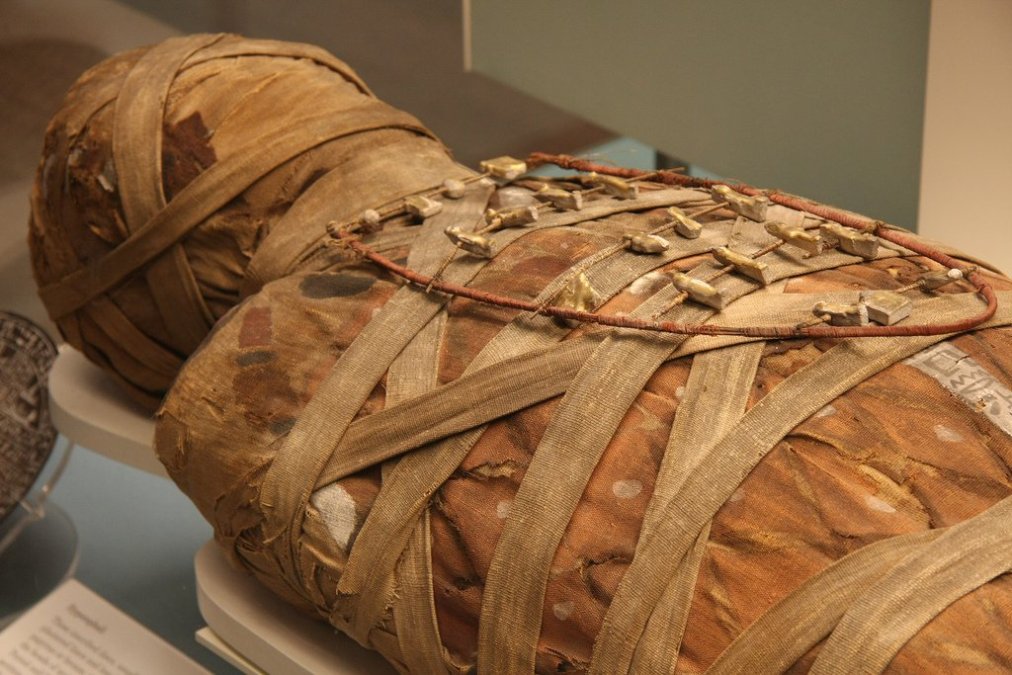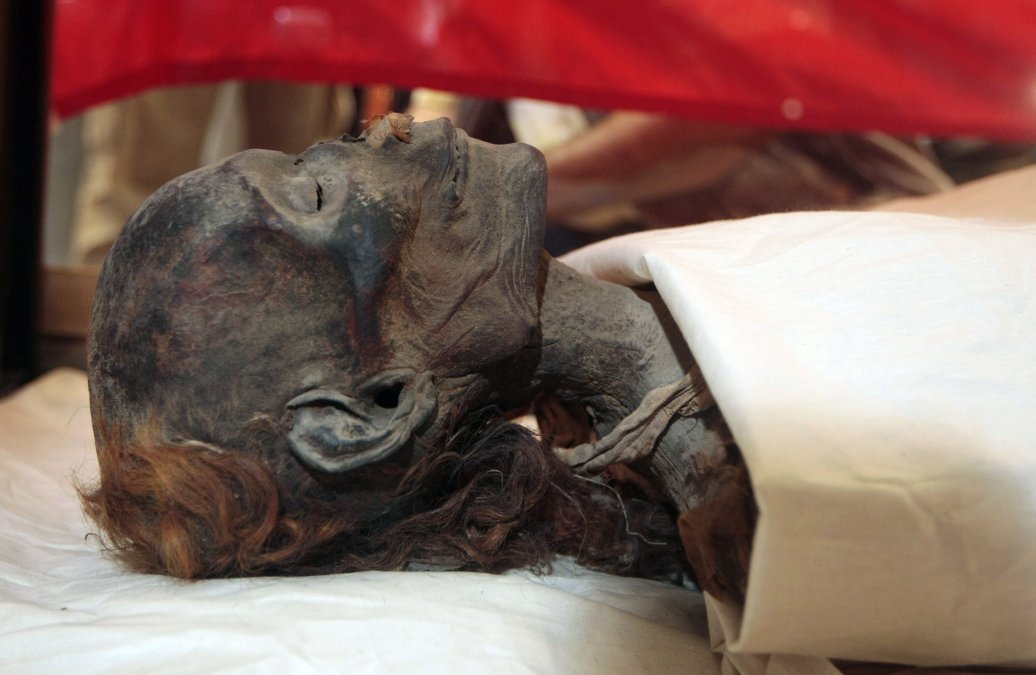Sign up for the Smarter Faster newsletter
A weekly newsletter featuring the biggest ideas from the smartest people
Egyptologists, writers, scholars, and others, have argued the race of the ancient Egyptians since at least the 1970s. Some today believe they were sub-Saharan Africans. We can see this interpretation portrayed in Michael Jackson’s 1991 music video for Remember the Time from his Dangerous album. The video, a 10-minute mini-film, includes performances by Eddie Murphy and Magic Johnson.
Reactionaries, meanwhile, say that there’s never been any significant black civilizations—an utter falsehood, of course. There were several in fact, highly advanced African empires and kingdoms throughout history. Curiously, some extreme Right groups have even used blood group data to proclaim a Nordic origin to King Tutankhamun and his brethren.
The problem, it was thought, is that mummy DNA couldn’t be sequenced. But a group of international researchers, using unique methods, have overcome the barriers to do just that. They found that the ancient Egyptians were most closely related to the peoples of the Near East, particularly from the Levant. This is the Eastern Mediterranean which today includes the countries of Turkey, Iraq, Israel, Jordan, Syria, and Lebanon. The mummies used were from the New Kingdom and a later period, (a period later than the Middle Kingdom) when Egypt was under Roman rule.

Egyptian mummy. (Credit: British Museum / Flickr)
Modern Egyptians share 8% of their genome with central Africans, far more than ancient ones, according to the study, published in the journal Nature Communications. The influx of sub-Saharan genes only occurred within the last 1,500 years. This could be attributed to the trans-Saharan slave trade or just from regular, long distance trade between the two regions. Improved mobility on the Nile during this period increased trade with the interior, researchers claim.
Egypt over the span of antiquity was conquered many times including by Alexander the Great, by the Greeks, Romans, Arabs, and more. Researchers wanted to know if these constant waves of invaders caused any major genetic changes in the populace over time. Group leader Wolfgang Haak at the Max Planck Institute in Germany said in a press release: “The genetics of the Abusir el-Meleq community did not undergo any major shifts during the 1,300 year timespan we studied, suggesting that the population remained genetically relatively unaffected by foreign conquest and rule.”
The study was led by archaeogeneticist Johannes Krause, also of the Max Planck Institute. Historically, there’s been a problem finding intact DNA from ancient Egyptian mummies. “The hot Egyptian climate, the high humidity levels in many tombs and some of the chemicals used in mummification techniques, contribute to DNA degradation and are thought to make the long-term survival of DNA in Egyptian mummies unlikely,” the study noted.

The mummified remains of Queen Hatshepsut wet-nurse Sitre-In. (Credit: Egyptian Museum, Cairo. 2007 / Getty Images)
It was also thought that, even if genetic material were recovered, it may not be reliable. Despite this, Krause and colleagues have been able to introduce robust DNA sequencing and verification techniques, and completed the first successful genomic testing on ancient Egyptian mummies.
Each came from Abusir el-Meleq, an archaeological site situated along the Nile, 70 miles (115 km) south of Cairo. This necropolis there houses mummies which display aspects revealing a dedication to the cult of Osiris, the green-skinned god of the afterlife.
First, the mitochondrial genomes from 90 of mummies were taken. In a groundbreaking study, Krause and colleagues managed to extract complete genomes from just three mummies. Samples of teeth, bone, and soft tissue were taken for DNA analysis, with teeth and bones proving to be the most fruitful sources of genetic material. The soft tissue, preserved through the embalming process, provided protection for the DNA.
The samples were taken back to a lab in Germany, where meticulous sterilization procedures were carried out before DNA sequencing could begin. In addition to analyzing the genetic data, researchers delved into Egyptian history and archaeological findings from northern Africa to provide context to their discoveries. Comparisons with modern Egyptians and Ethiopians revealed a remarkable genetic continuity spanning 1,300 years.
The mummies sequenced ranged from the New Kingdom period of 1,388 BCE to 426 CE, showcasing Egypt’s evolution over time. Despite the limitation of genetic data being obtained from a single site in Middle Egypt, the study opens up new avenues for research into the origins and genetic makeup of ancient Egyptians.
Future investigations aim to uncover the timing and reasons behind the introduction of sub-Saharan African genes into the Egyptian genome, as well as the ancestral origins of the ancient Egyptians. By employing advanced DNA sequencing technology and authentication methods, researchers have demonstrated the feasibility of retrieving reliable genetic information from mummies.
Further exploration and testing are expected to enhance our understanding of ancient Egyptians and potentially shed light on other ancient civilizations. The study not only enriches our knowledge of history but also highlights the remarkable achievements made possible through scientific advancements in DNA analysis.
Stay informed about the latest archaeological discoveries in Egypt by clicking here.




